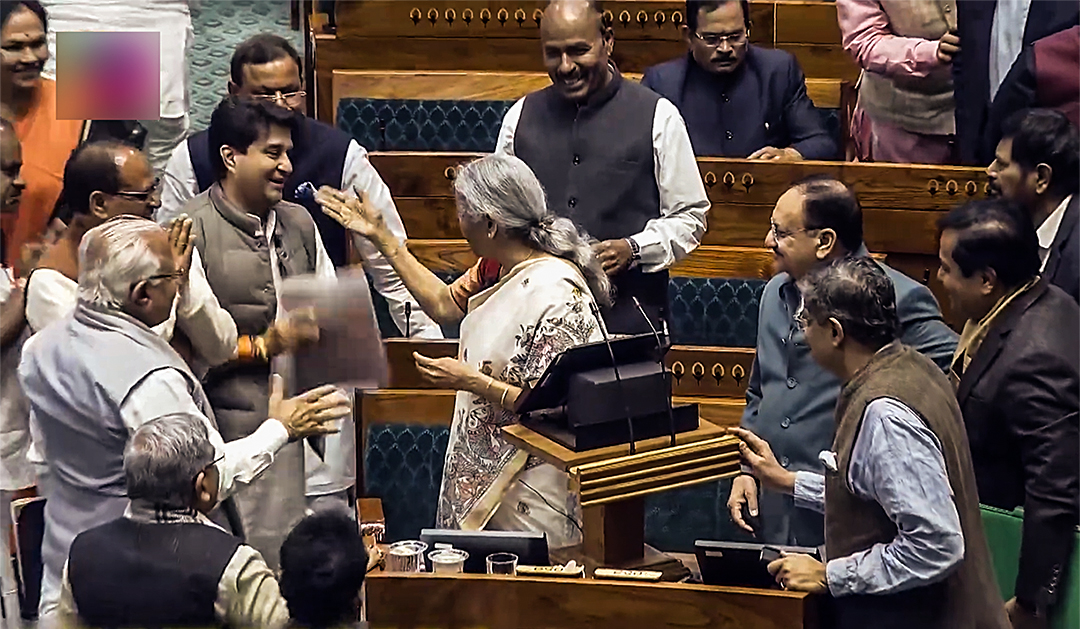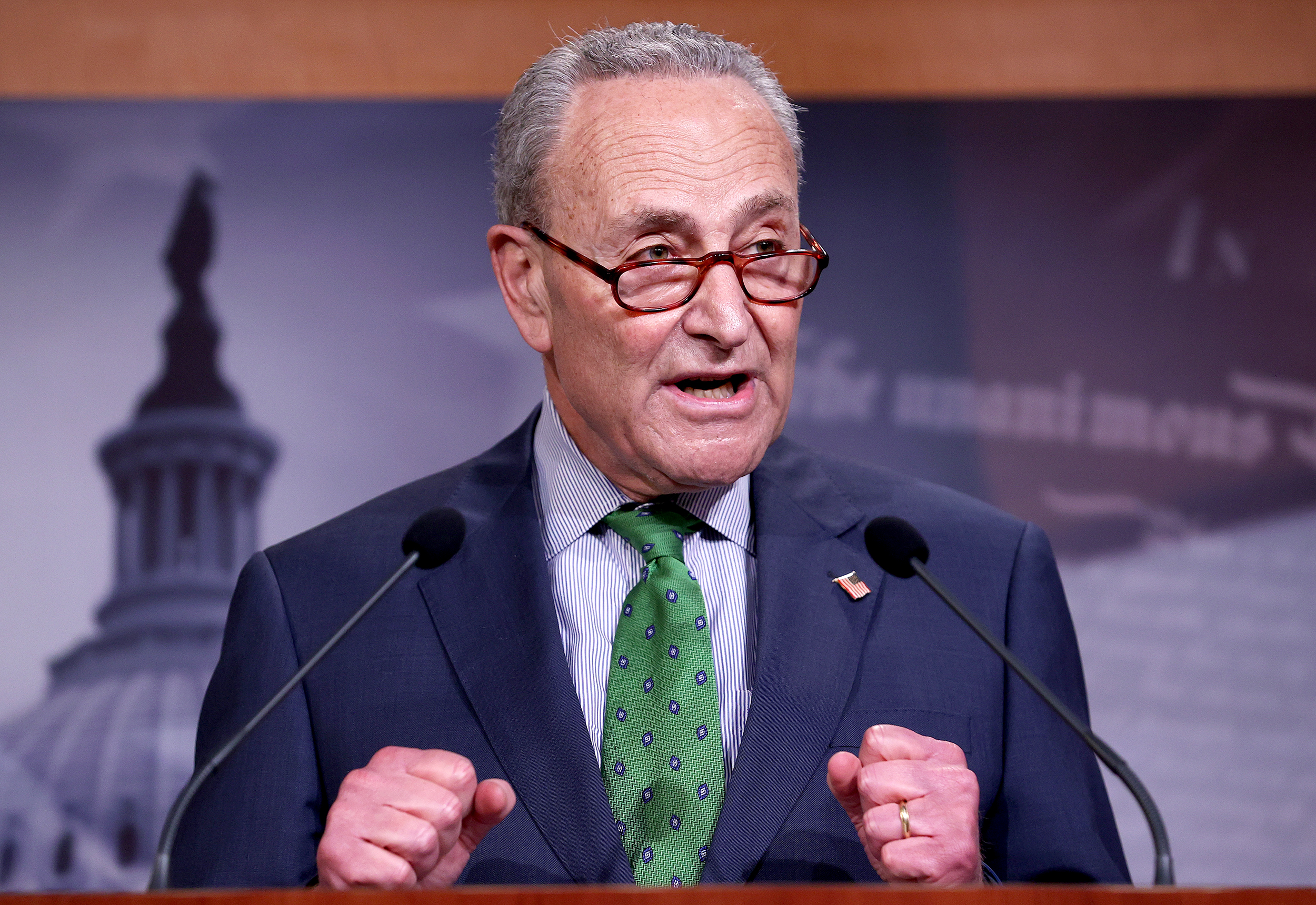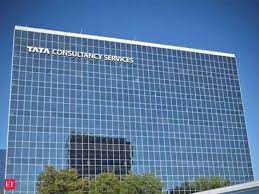The real estate sector stands to benefit from the increased capital expenditure on infrastructure, particularly through initiatives such Urban Challenge Fund
Our Bureau
New Delhi
The government’s indirect tax collection is expected to increase by 8.3 pc in the financial year 2025-26 (FY26), according to a report by ICICI Bank. The report also noted that this growth is higher than the 7.1 per cent increase seen in FY25 and is mainly driven by rise in GST revenue from strong urban consumption.
It said “The increase is driven by higher goods and services tax collections which in-turn is explained by boost to urban consumption”.
With the economy improving, corporate tax collections are also expected to grow at a much faster pace. The report estimated corporate tax collection to rise by 10.4 per cent in FY26, compared to a 7.6 per cent increase in FY25.
On the expenditure side, the government’s overall spending is projected to grow by 7.4 per cent in FY26, slightly higher than the 6.1 per cent increase in FY25. This suggests the government is planning to spend more in the next financial year to support economic growth.
The report highlights that capital expenditure (capex), which is used for infrastructure development, is expected to grow by 10.1 per cent in FY26. However, as a percentage of GDP, capex is projected to remain flat at 3.1 per cent in both FY25 and FY26.
Within capex, the allocation for roads and railways is remained unchanged, while spending on housing and defence has been increased.
The government’s fiscal deficit, which represents the gap between government revenue collection and expenditure, has been revised downwards to 4.8 per cent of GDP in FY25, compared to 4.9 per cent projected earlier.
In absolute terms, the fiscal deficit is estimated to be Rs 15.6 lakh crore in FY25 Revised Estimates (RE), compared to Rs 16.1 lakh crore in the Budget Estimates (BE) for the same year.
This shows that the government is making efforts to manage its finances efficiently while maintaining a balance between spending and revenue generation.
One of the biggest positive for India is a moderate current account deficit. This is on the back of much more resilient services exports and remittances even as trade deficit has been expanding. India’s trade deficit is seen expanding from USD 245bn in FY24 to USD 277bn in FY25, but the pass-through into current account is only USD 9bn. The same has been possible since remittances and services exports are seeing meaningful increase.
The report suggested that India’s tax revenue and government spending will continue to grow in the coming financial year. Higher GST collections, strong corporate tax growth, and controlled fiscal deficit are key indicators of a stable economic outlook for FY26.
The Union Budget 2025 has set the stage for sustained economic momentum, with significant allocations for infrastructure, tax reforms, and urban transformation. For the real estate sector, it brings both opportunities and areas for further contemplation. While the government’s thrust on capital expenditure, tax reliefs, and liquidity enhancement has instilled confidence, industry leaders are keen to see how these measures translate into on-ground impact.
The budget underscores the government’s dual focus on economic expansion and fiscal prudence. According to Manoj Gaur, CMD, Gaurs Group & Chairman, CREDAI National, “Budget 2025 underlines the Central government’s commitment to economic expansion, infrastructure advancement, and financial stability, thereby fostering a conducive environment for real estate growth. Measures supporting start-ups and job creation, coupled with much-needed reductions in income tax slabs, are set to enhance liquidity and stimulate demand in the sector. While the focus on overall growth is encouraging, we look forward to further initiatives that will accelerate affordable housing development, ensuring inclusive progress for the country.”
The real estate sector stands to benefit from the increased capital expenditure on infrastructure, particularly through initiatives such as the Rs.1 lakh crore Urban Challenge Fund and Rs. 1.5 lakh crore interest-free loans to states. These measures are expected to accelerate urban transformation, boost connectivity, and generate employment, thereby indirectly fueling real estate demand.
The Rs. 15,000 crore allocation for SWAMIH Fund 2 is another critical move aimed at addressing the stalled housing projects across India. This will not only ensure the completion of delayed projects but also restore confidence among homebuyers and developers. Manit Sethi believes this is a much-needed intervention, “The Rs. 15,000 crore SWAMIH Fund 2 is another transformative step in addressing India’s housing shortage. Besides, allowing taxpayers to claim the annual value of two self-occupied properties, instead of just one, is a major relief for property owners.”
The coming months will be crucial in determining how these budgetary measures translate into real growth, shaping India’s real estate landscape in the years to come.

























